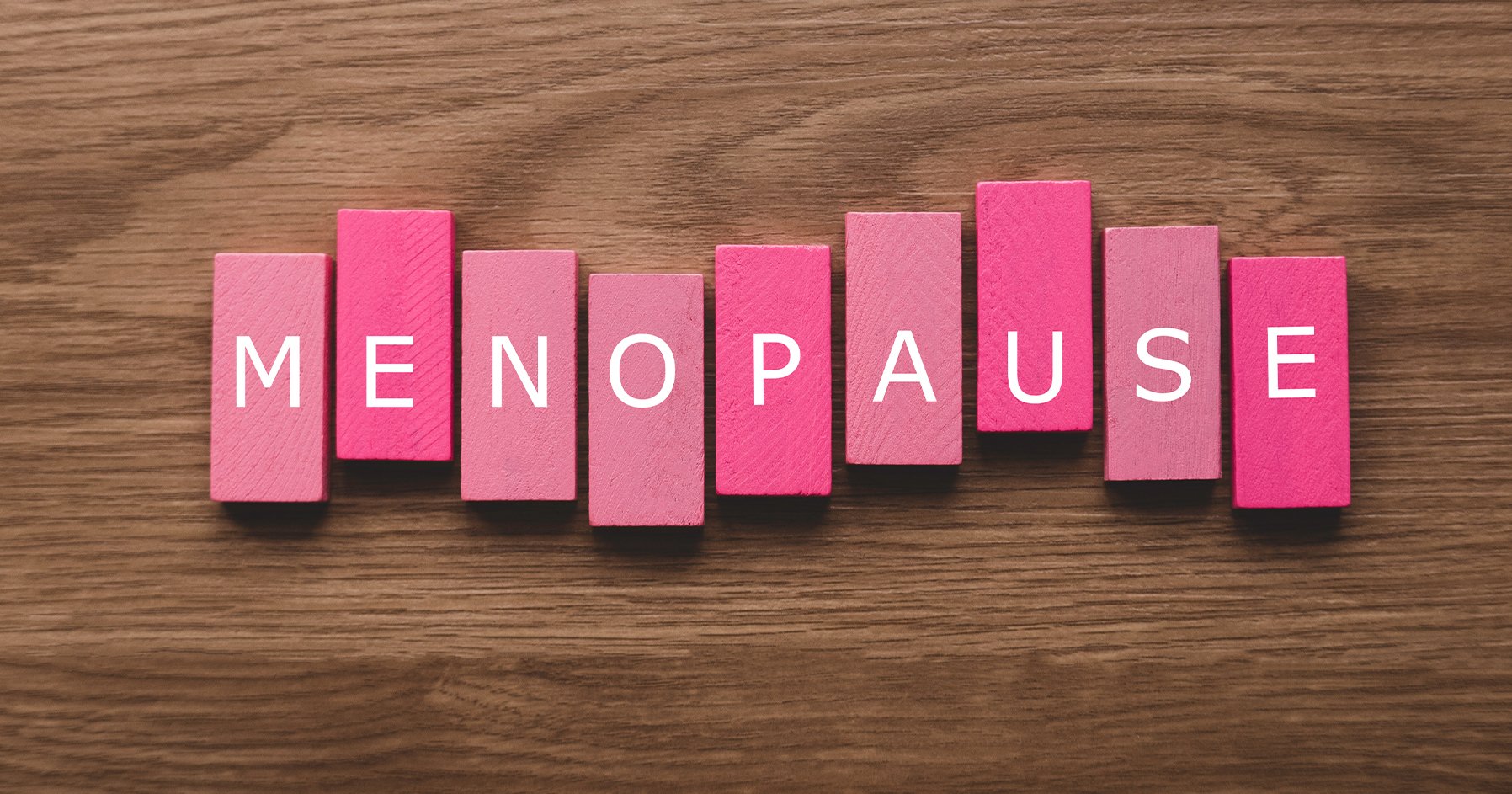What Can Be Done to Continue to Change Societal Images of Menopause Aging and Older Women

Menopause is the process a woman goes through that causes her monthly periods to end. This condition is a normal part of the aging process that women undergo, but its associated symptoms can vary greatly from woman to woman. As hormones change to accommodate normal menopausal changes, women may experience a wide range of complications, from hot flashes, night sweats, vaginal dryness, mood changes, insomnia, and changes in sex desire.
In the United States, the average age for menopause is 51 for non-smokers and 49 for smokers, with a typical age range somewhere between 47 and 55 years. Some women experience menopause sooner — before age 45 is considered early menopause, and before age 40 is considered premature menopause. Women who undergo hysterectomy (surgery to remove the uterus) with removal of the ovaries may experience menopause sooner than they would have naturally. Regardless, any woman who is approaching the middle of life can expect hormonal changes to kick in soon and for the menopause process to start. If symptoms are especially difficult or hard to handle, it can be helpful to seek support from health care professionals.
Endocrine Connection
As women approach mid-life, estrogen levels start to fluctuate and then drop. Most women notice that their periods stop being predictable. They may become shorter, longer, heavier, or lighter than usual, and the spacing between periods may change, until a woman starts to skip her periods altogether. Eventually, they will cease. During menopause, a woman's ovaries stop producing eggs and produce fewer female hormones. When it is over, she can no longer get pregnant naturally.
The symptoms of menopause occur due to the changing hormones the woman experiences. As the hormone levels begin to stabilize and estrogen levels stay consistently low, many symptoms will decrease, and many will disappear altogether. Some, such as a higher risk of heart disease or bone loss, remain a constant through middle age and beyond, as a woman's body adjusts to her new hormone levels. Understanding these symptoms will help you choose the right treatment options as you navigate the changes menopause brings.
Symptoms of menopause will begin when a woman's estrogen levels start changing. The first symptoms many women notice include:
- Hot flashes
- Mood swings
- Mental fogginess
As the process progresses, women will experience additional menopause symptoms.
- Lower sexual desire
- Vaginal dryness
- Painful sex due to vaginal dryness
- Low libido
- Irregular periods
- Depression, sadness or anxiety
- Sudden or frequent urinating
- Higher risk for bone loss and fractures
- Higher risk of heart disease
As a woman ages, estrogen levels are fluctuating from one minute to the next, and erratic. Less progesterone is produced (but stabilizes at low levels in post menopause, around age 55). Estrogen is related to production of serotonin, a mood-regulating neurotransmitter. Fluctuating estrogen and progesterone levels, plus other factors, cause serotonin production disruption, leading to more mood swings. Mood disorders are common during this time.
Lack of sleep can worsen mood, but anxiety and depression symptoms may contribute to sleep disturbances that are also common during menopause. During the menopause transition, there is a significant increased risk of new-onset depression or relapse of depression. This risk decreases again early after menopause.
Mood swings are a part of aging for many women, but the good news is that you can take steps to help prevent them and manage them when they occur. Often, a healthy lifestyle is the first step in preventing mood swings.
- Avoid caffeine, alcohol, and spicy foods
- Eat a balanced, health diet with fruits, vegetables, and whole grains
- Talk to a therapist or counselor
- Get enough sleep
- Exercise regularly
- Find healthy ways to deal with stress
Hot flashes also known as vasomotor symptoms are extremely common, affecting approximately 75% of women as they go through menopause. Symptoms can begin during the perimenopausal transition and last from a few years to over 10 years. When moderate to severe, they can have a significant impact on quality of life, especially due to the associated sleep disturbances. These sleep disturbances may affect energy, mood and metabolism.
Hot flashes are the sudden sensation of heat typically in the upper chest and face, most often caused by the decrease in estrogen levels during the perimenopause and menopause transitions. Episodes can last as long as 4 minutes and can be associated with sweating, anxiety, and palpitations. The symptoms can occur during the day or night.
The diagnosis is made clinically by classic symptoms during perimenopause or menopause, as determined by history and physical exam. If signs and symptoms are not classic, then evaluation for other causes of flushing may be needed, such as thyroid function testing to exclude hyperthyroidism.
For each woman triggers may be different but common triggers include:
- Eating spicy foods
- Warm liquids or caffeine
- Feeling stressed or anxious
- Drinking alcohol
- Smoking or being around cigarette smoke
- Warm temperatures
- Discontinuing estrogen therapy
Endocrine Society."Thyroid Cancer | Endocrine Society." Endocrine.org, Endocrine Society, 18 January 2022, http://admin.endocrine.org/?sc_mode=edit&sc_itemid=%7bE64BCF38-1719-40E3-85C8-3BA275BFFB54%7d&sc_version=1&sc_lang=en&sc_site=endocrine

Our physician referral directory is comprised of over 6,500 members of the Society. The referral is updated daily with clinicians who are accepting new patients.

Browse our interactive platform with a focus on supporting women going through their menopause journey. Our expert's breakdown menopause stages, from perimenopause to post menopause. Women don't have to suffer in silence. Let's Talk About It!
livingstonwrig1987.blogspot.com
Source: https://www.endocrine.org/patient-engagement/endocrine-library/menopause